The nitrogen atom in the following cyclic compounds can be removed as trimethylamine by successive Hoffmann eliminations (involving exhaustive methylation followed by heating with AgOH). The amine which will require a greater number of Hoffmann eliminations is:
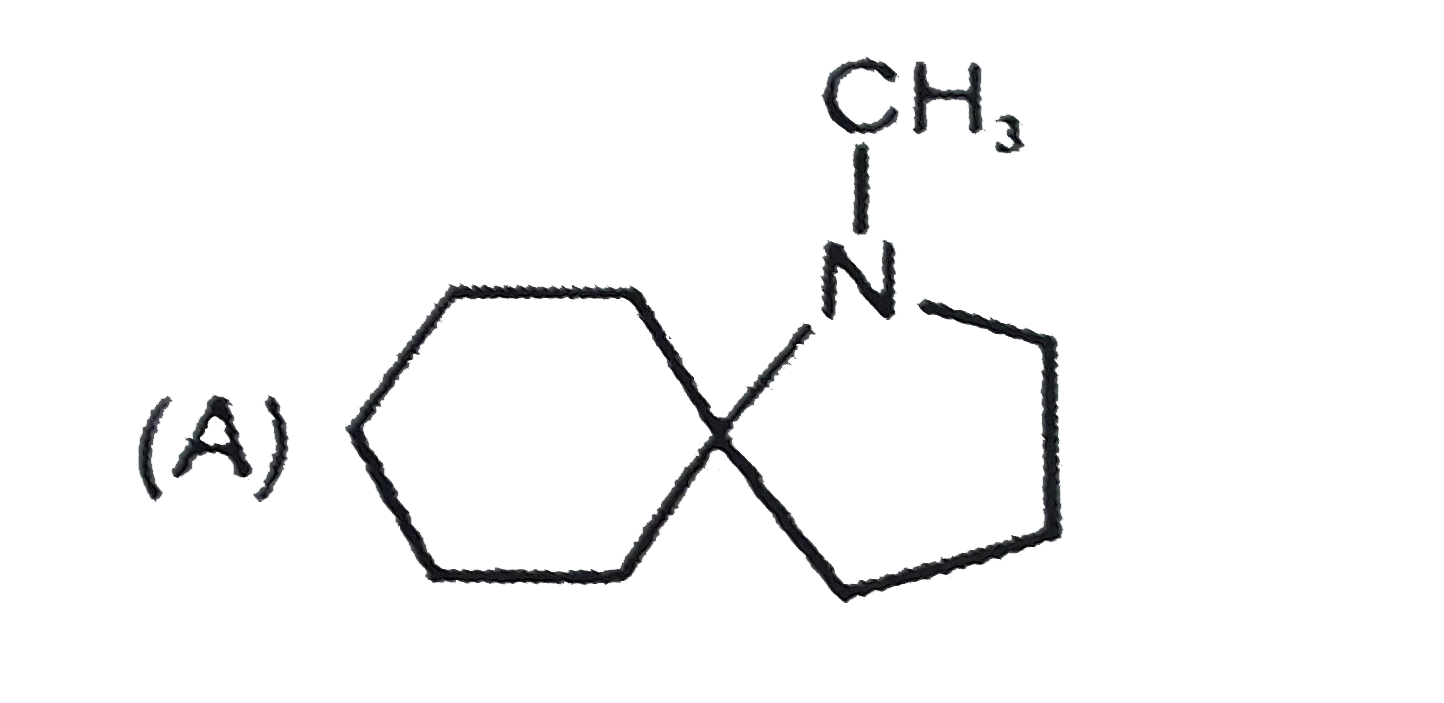
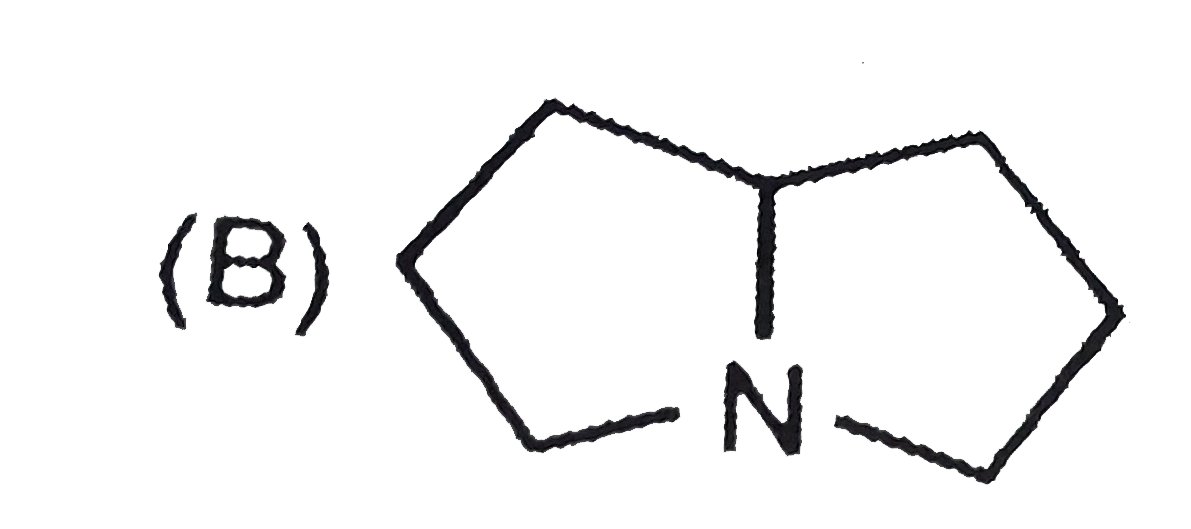
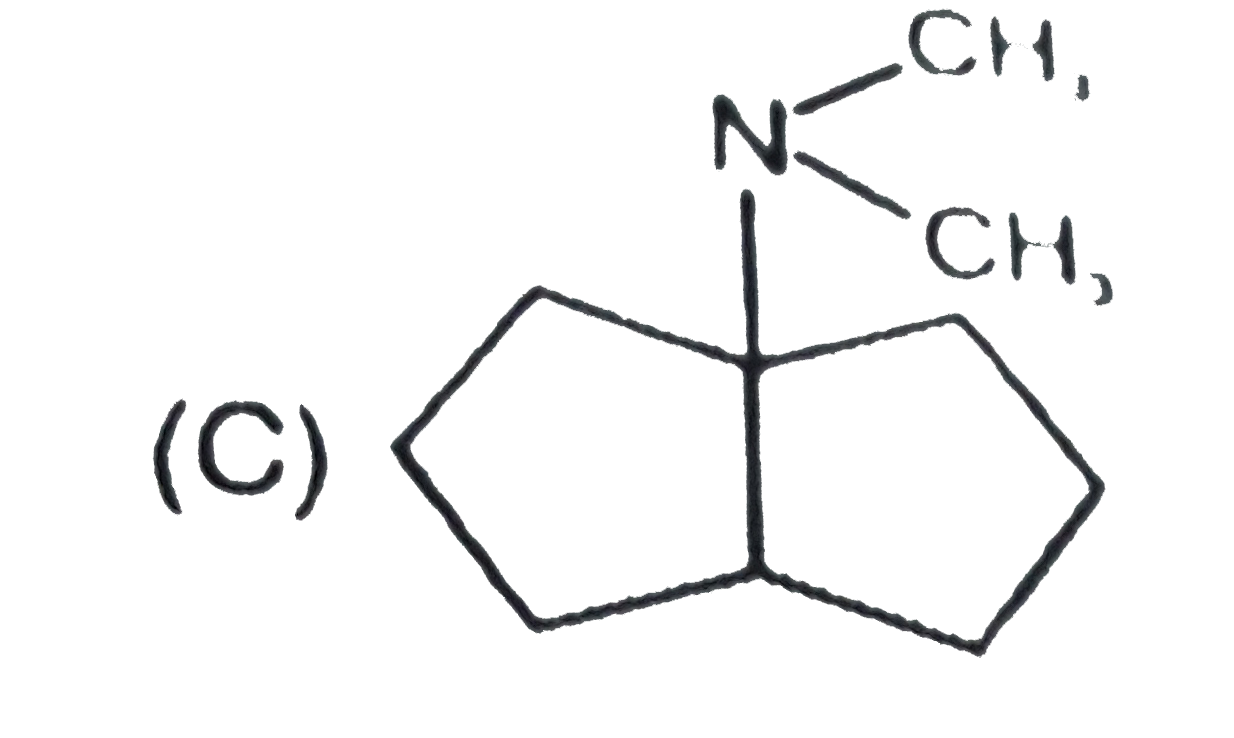
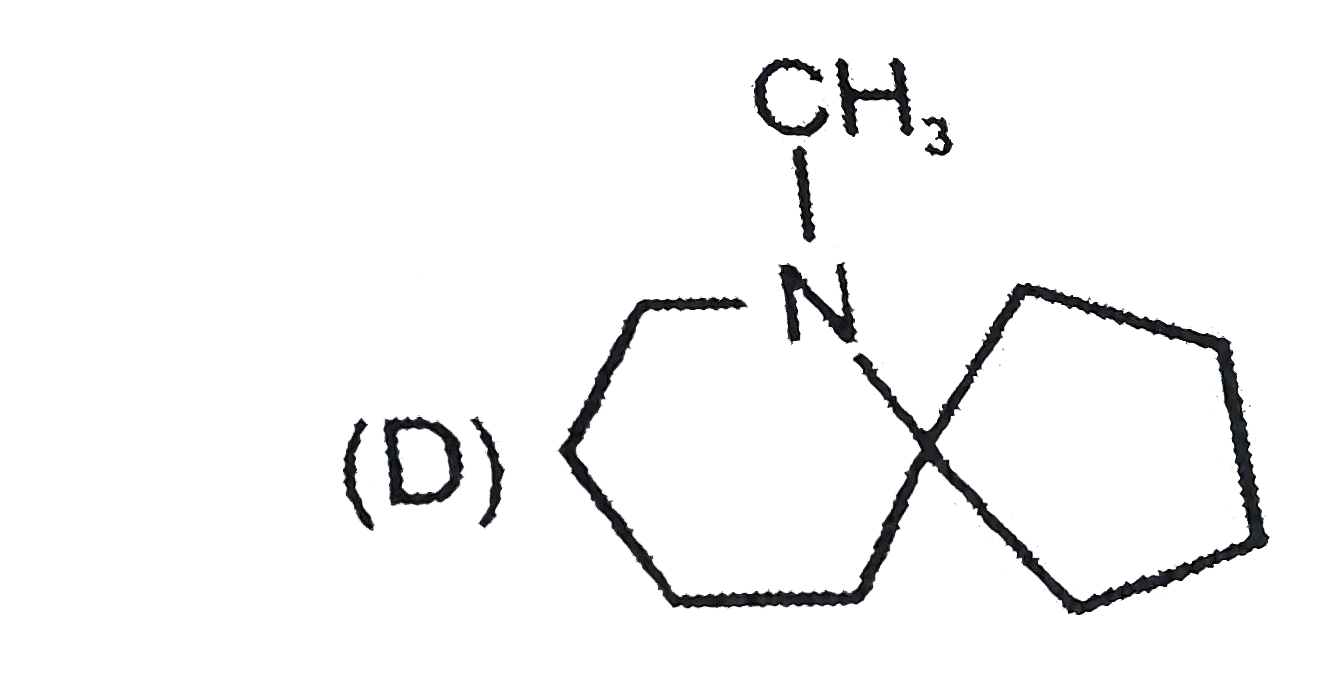
The correct Answer is:B
To solve the problem, we need to analyze the cyclic compounds given and determine which amine will require a greater number of Hoffmann eliminations to remove the nitrogen atom as trimethylamine. The process involves exhaustive methylation followed by heating with AgOH.
1. Identify the Compounds: We have four cyclic amines (let's denote them as A, B, C, and D). Each compound has a nitrogen atom that can be removed through Hoffmann elimination.
2. Understand Hoffmann Elimination: The Hoffmann elimination process involves two main steps:
- Exhaustive Methylation: The amine is treated with a methylating agent (like methyl iodide) to convert it into a quaternary ammonium salt.
- Heating with AgOH: The quaternary ammonium salt is then heated with silver hydroxide, leading to the elimination of nitrogen as trimethylamine.
3. Count the Bonds to Break: The number of Hoffmann eliminations required is directly related to the number of bonds that need to be broken to remove the nitrogen atom:
- For each bond broken, one Hoffmann elimination is required.
4. Analyze Each Compound:
- Compound A: Contains 2 bonds to nitrogen. Therefore, it requires 2 Hoffmann eliminations.
- Compound B: Contains 3 bonds to nitrogen. Therefore, it requires 3 Hoffmann eliminations.
- Compound C: Contains 1 bond to nitrogen. Therefore, it requires 1 Hoffmann elimination.
- Compound D: Contains 2 bonds to nitrogen. Therefore, it requires 2 Hoffmann eliminations.
5. Determine the Maximum: From the analysis:
- Compound A: 2 eliminations
- Compound B: 3 eliminations (maximum)
- Compound C: 1 elimination
- Compound D: 2 eliminations
6. Conclusion: The amine that will require a greater number of Hoffmann eliminations is Compound B, as it requires 3 eliminations.
Final Answer:
The amine which will require a greater number of Hoffmann eliminations is Compound B.
- Exhaustive Methylation: The amine is treated with a methylating agent (like methyl iodide) to convert it into a quaternary ammonium salt.
- Heating with AgOH: The quaternary ammonium salt is then heated with silver hydroxide, leading to the elimination of nitrogen as trimethylamine.
- For each bond broken, one Hoffmann elimination is required.
- Compound A: Contains 2 bonds to nitrogen. Therefore, it requires 2 Hoffmann eliminations.
- Compound B: Contains 3 bonds to nitrogen. Therefore, it requires 3 Hoffmann eliminations.
- Compound C: Contains 1 bond to nitrogen. Therefore, it requires 1 Hoffmann elimination.
- Compound D: Contains 2 bonds to nitrogen. Therefore, it requires 2 Hoffmann eliminations.
- Compound A: 2 eliminations
- Compound B: 3 eliminations (maximum)
- Compound C: 1 elimination
- Compound D: 2 eliminations
The amine which will require a greater number of Hoffmann eliminations is Compound B.
Topper's Solved these Questions
- AROMATIC COMPOUNDS Book:RESONANCE ENGLISHChapter:AROMATIC COMPOUNDS Exercise:PART-III: PRACTICE TEST-2(IIT-JEE(ADVANCED pattern))
Explore 7 Videos
- AROMATIC COMPOUNDS Book:RESONANCE ENGLISHChapter:AROMATIC COMPOUNDS Exercise:Section -2 (one or more than one options correct type)
Explore 7 Videos
- AROMATIC COMPOUNDS Book:RESONANCE ENGLISHChapter:AROMATIC COMPOUNDS Exercise:PART-I PRACTICE TEST-1(IIT-JEE MAIN PATTERN)
Explore 30 Videos
- ATOMIC STRUCTUREBook:RESONANCE ENGLISHChapter:ATOMIC STRUCTUREExercise:ORGANIC CHEMISTRY(Fundamental Concept )
Explore 16 Videos
Similar Questions
In which of the following Hoffmann elimination product is more ?
View SolutionAmines are basic in nature and show many types of reactions such as substitution, Hoffmann elimination, carbylamine, acylation, diazotisation etc.
What is the major alkene formed in the following Hoffmann elimination?
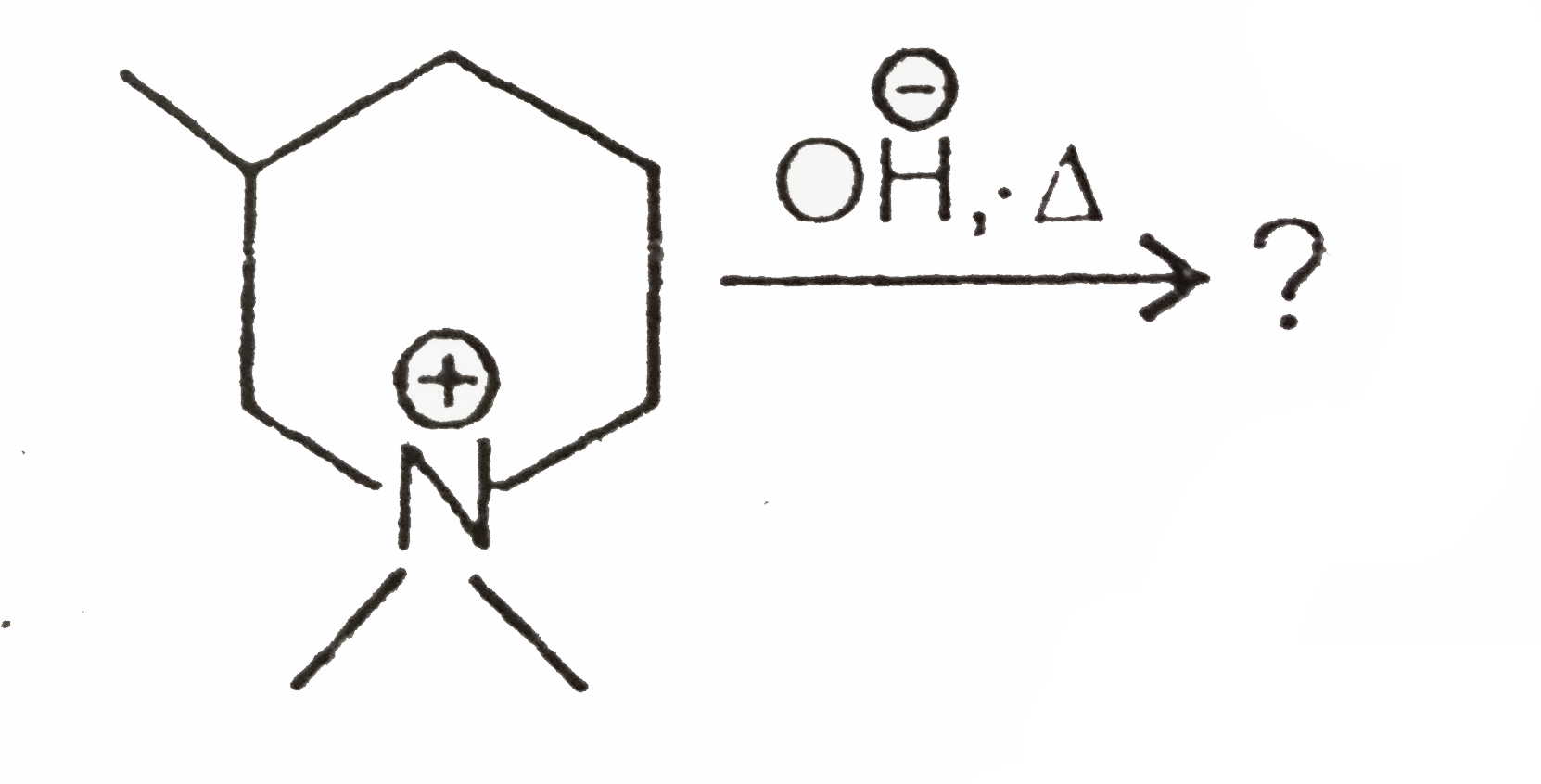
View Solution
Knowledge Check
Only one of the following amines will lose its nitrogen atom as trimethyl amine by repeated Hofmann elimination reactions :
A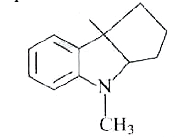 B
B C
C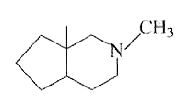 D
D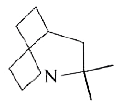
The nitrogen atom in each of the following tertiary amines may be removed as trimethyl amine by repeated Hofmann elimination.
Which of the following amines requires the greater number of Hofmann sequence to accomplish this?A B
B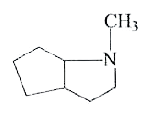 C
C D
D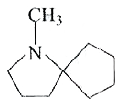
Which of the following compoudn gives even number of Hoffmann's exhaustive methylation
A B
B C
C D
D
Amines are basic in nature and show many types of reactions such as substitution, Hoffmann elimination, carbylamine, acylation, diazotisation etc.
Certain nitrogeneous compound with molecular mass 180 shows an increase in its molecular mass to 348 after treatment with acetyl chloride. The number of possible -NH2 groups in the molecule is...................
View SolutionThe lone pair of amines makes them basic. They react with acids to form acid-base salts. Amines are more basic than alcohols, ethers and water. When an amine is dissolved in water, an equilibrium is established , where water acts as an acid and transfer a proton to the amine. The basic strength of an amine can be measured by basicity constant Kb.
Arylamines are less basic than alkylamines because the lone pair of nitrogen is delocalised with the aromatic ring and are less available for donation.
Substituted arylamines can be either more basic or less basic than aniline , depending on the substituted . ERG substituents, such as −CH3,−NH2and−OCH3 increases the basicity and EWG substituents , such as −Cl,−NO2and−CN decreases basicity. While sp2− hybridized nitrogen atom in pyridine is less basic then the sp3 -hybridized nitrogen in an alkylamine.
pKb order of the following compound is :
(I) NH2OH (II)NH2NH2 (III)NH3 (IV)H2O
View SolutionThere are number of organic compounds including esters, xanthate esters, amine oxides etc., that undergo pyrolytic elimination with heat in the absence of added reagent, either in inert solvent or in the absence of solvent. In general these elimination follow the rate law.
Rate ∝ =[Substrate]
However reaction is different from E1 elimination by the degree of syn-stereoselectivity that they exhibit. These reactions are also known as Ei elimination and the degree of syn-stereoselectivity reflect the extent to which they proceed via cyclic transition state.

Find the major product of the following reaction :
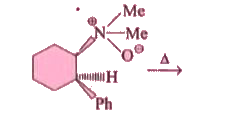
View SolutionThere are number of organic compounds including esters, xanthate esters, amine oxides etc., that undergo pyrolytic elimination with heat in the absence of added reagent, either in inert solvent or in the absence of solvent. In general these elimination follow the rate law.
Rate ∝ =[Substrate]
However reaction is different from E1 elimination by the degree of syn-stereoselectivity that they exhibit. These reactions are also known as Ei elimination and the degree of syn-stereoselectivity reflect the extent to which they proceed via cyclic transition state.

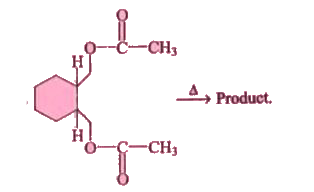
Find the structure of product :
View SolutionThere are number of organic compounds including esters, xanthate esters, amine oxides etc., that undergo pyrolytic elimination with heat in the absence of added reagent, either in inert solvent or in the absence of solvent. In general these elimination follow the rate law.
Rate ∝ =[Substrate]
However reaction is different from E1 elimination by the degree of syn-stereoselectivity that they exhibit. These reactions are also known as Ei elimination and the degree of syn-stereoselectivity reflect the extent to which they proceed via cyclic transition state.

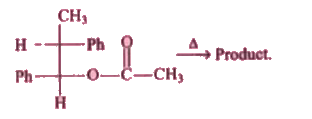
Find the major product of reaction :
View Solution